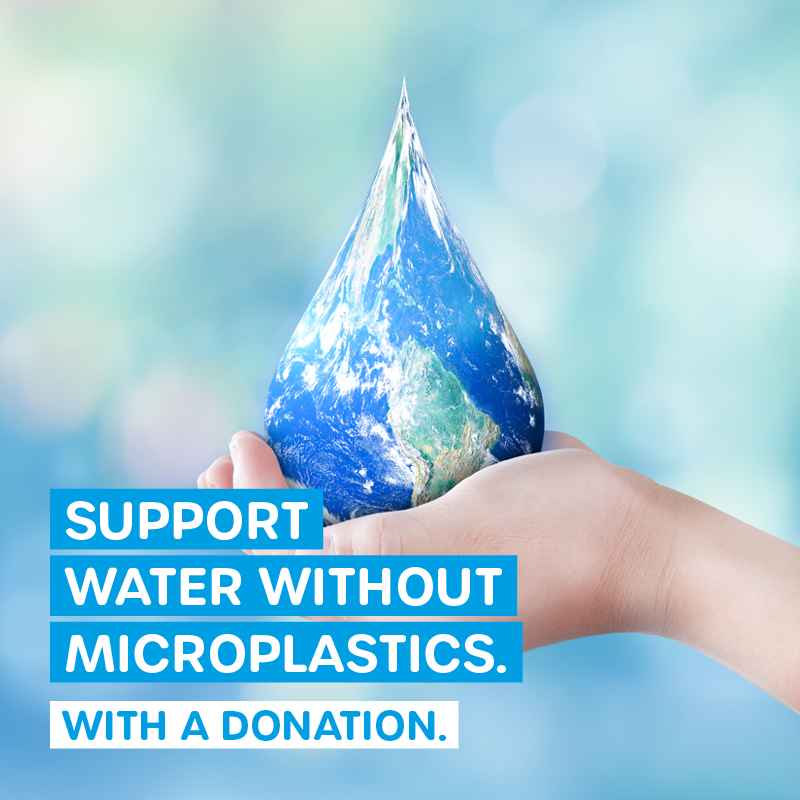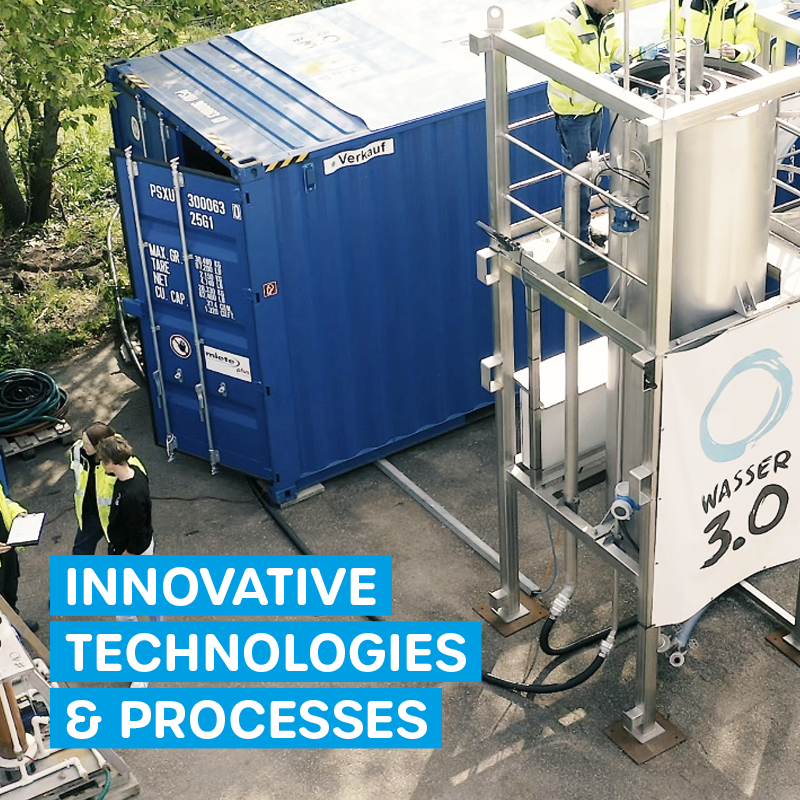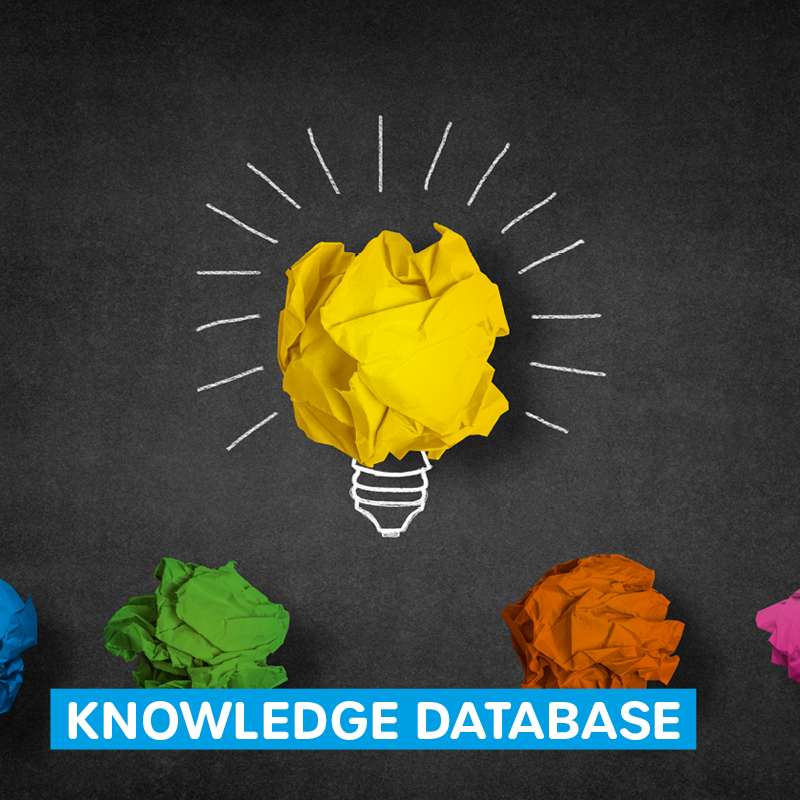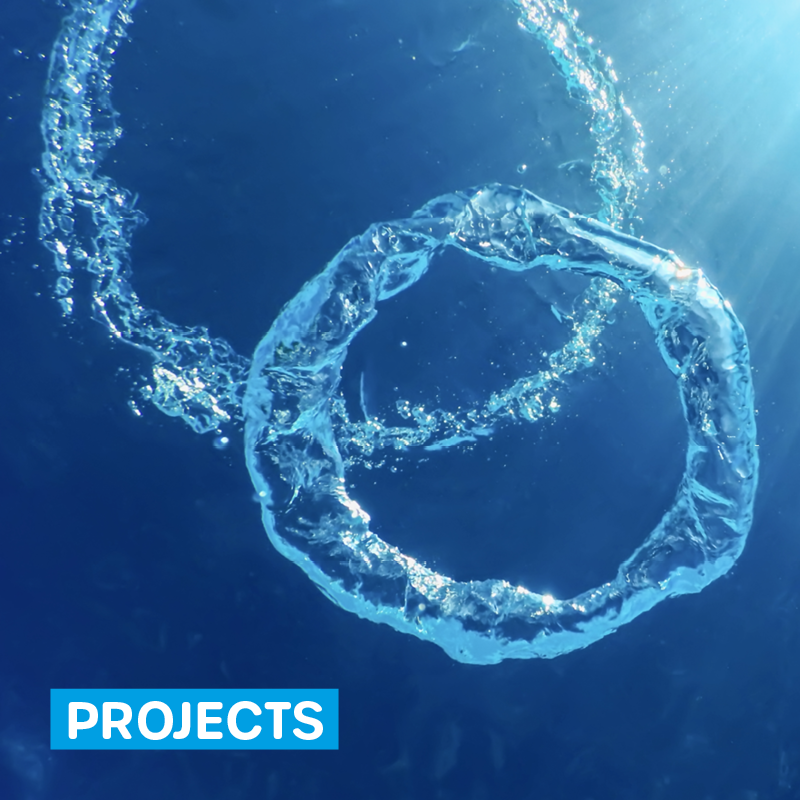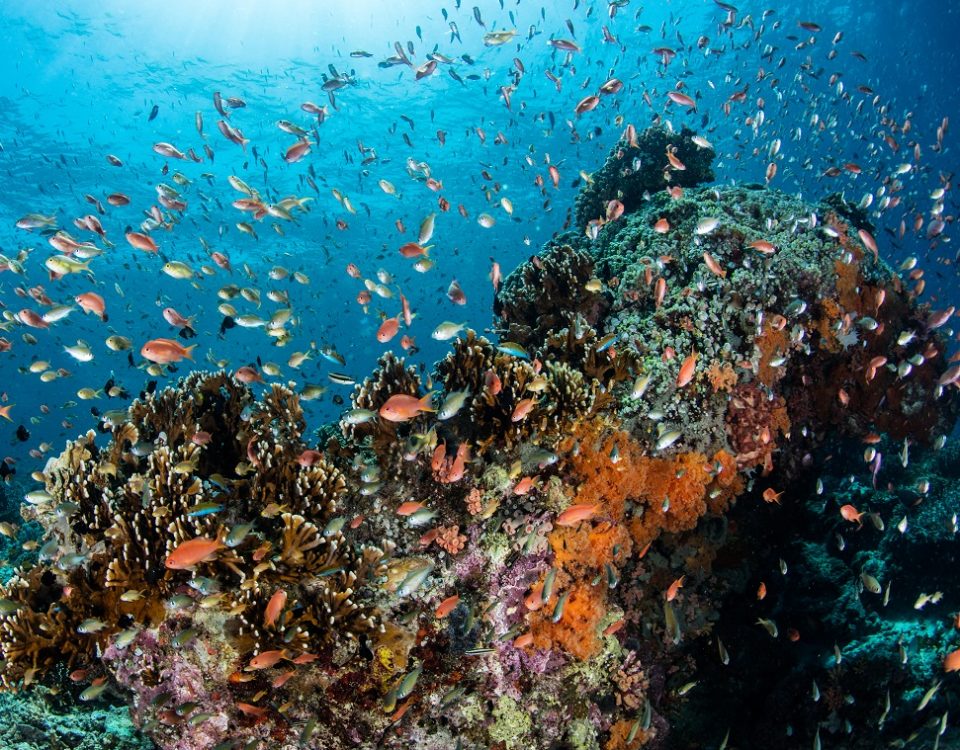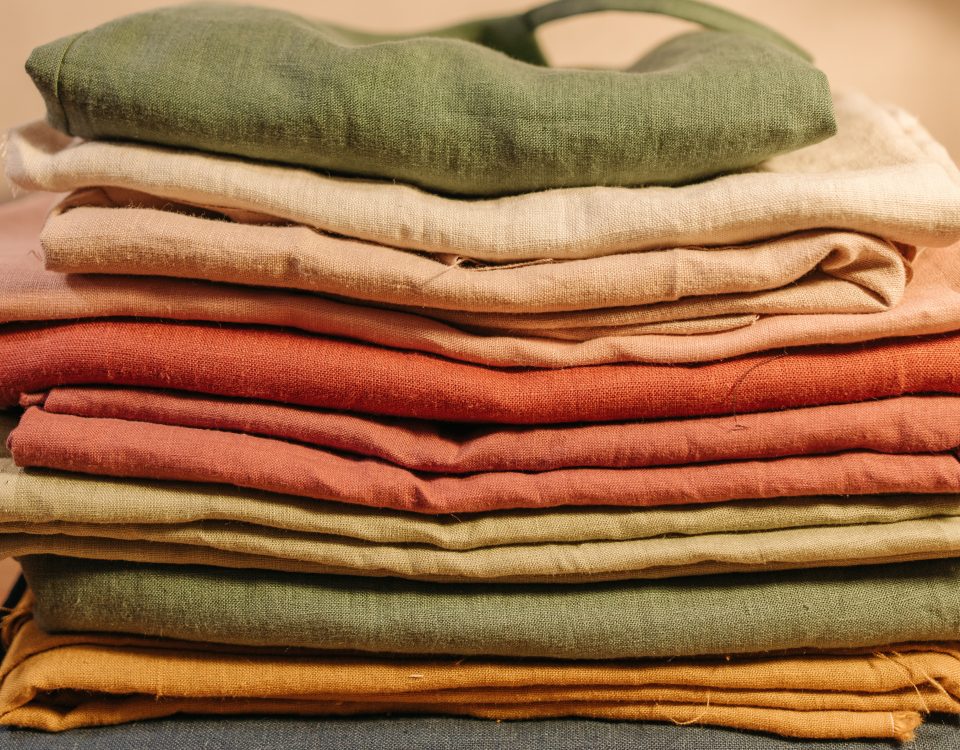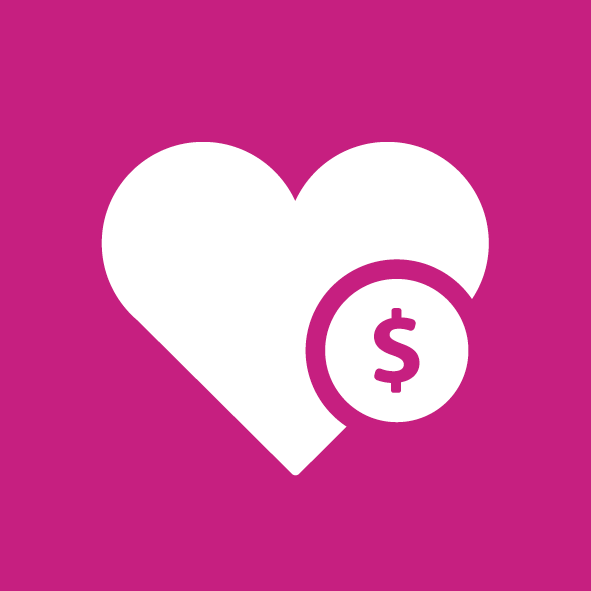
Vision and Values
Our principles and values in a small “g”
Wasser 3.0 is a gGmbH. The small g stands for non-profit limited liability company and holds great significance for us. It reflects our values and principles for a business model that puts people & the planet first. We have compiled them here.
Overall, we are concerned with implementing the triple bottom line: people, planet, and profit. The difference to other companies is, that the first two, and not the otherwise common profit maximization, are decisive for how we make decisions.
We reinvest 100% of all profits directly into further education and research projects. We have committed ourselves to this in our Articles of Association.
Let's be frank: Profits are still a bit of a pipe dream, because now we first need to secure our basic funding. But because we don't want to wait for the time when we can make a profit with our educational work, we have already got started and, thanks to donations and sponsoring, we were recently able to realize our digital-real educational space WASoMI - we are very pleased about that!
Competition and success from our perspective as sustainability entrepreneurs
We work for water without microplastics and micropollutants. But how do we do it? And what for? We thought about this quite a lot before founding the gGmbH, and it still accompanies us.
We didn't find any answers in the classic business management books. These are also fundamental questions that we first discussed rather philosophically for ourselves in order to now experiment with their feasibility.
How do our mission and the market go together? What is the purpose of our technology and research? How do we want to communicate internally and externally? How do we shape cooperation and collaboration? What does money mean to us? When are we successful?
That's why the small g; that's why the UN Sustainable Development Goals are the guiding framework for virtually everything we do; that's why our research has the suffix responsible; that's why we are committed to education; that's why collective action for water without microplastics and micropollutants is so important to us - beyond silos and vested interests.
Beyond the paradigm shift
With our business model and with our actions inside and outside, we locate ourselves beyond the paradigm shift. This means that we act as if the socio-ecological transformation that so many are talking and writing about are actually already a reality.
On the one hand, this always brings great disillusionment. After all, many parts of our society have not (yet) made this transformation. In business, the paradigm of shareholder value, profit maximization, and cost reduction widely counts - regardless of well-sounding campaigns on ESG and SDGs.
On the other hand, being beyond the paradigm shift releases an incredible amount of creative and positive energy. We can shape scopes of action that are detached from the conventional paradigm, just as we imagine it. After all, there is not yet a " new standard work for social innovators and entrepreneurs" (which we eagerly wish for some days). For all of us in this field, it's a trial and error, hands-on philosophy, and a belief that things really do just get better. And so it is for us.
Our understanding of sustainability
Through the cross-sector, cross-stakeholder, non-profit business model, and the tireless commitment of the team around Dr. Katrin Schuhen, multiple synergies replace silo boundaries: Not only research and development, technology and innovation, and education are thought about and tackled together, but also economic, environmental, and social levers for water without microplastics and micropollutants.
We deal with many types of water, from wastewater to seawater to drinking water and groundwater, but also with the different pollution scenarios. From general microplastics and micropollutants to different classes of substances such as (water-)soluble polymers, per- and polyfluoroalkyl substances (PFAS).
Our solutions are always developed from a sustainability perspective. From the initial investigation to the finished system. In the final step, you receive a full Sustainability Upgrade. Future-proof. Traceable. Adaptable.
Our 5 pirinciples for water without microplastics
- Access to clean and safe water is a human right. We consider purely commercial, profit-oriented actions neither appropriate nor purposeful for securing the most important resource on this planet.
- Our corporate added value relates to the overall social context of clean water - from a primarily ecological and social point of view. We need functioning and available solutions that are embedded in future-proof transformations of general production and consumption logics and make concrete contributions to the achievement of the UN sustainability goals.
- We do GreenTech. Our solutions and approaches are subject to be maximally efficient, easy to apply, cost-effective, transparent, and sustainable. They should make it possible to remove microplastics and micropollutants from water wherever it is necessary and makes sense.
- We are Sustainability Entrepreneurs. We work within the framework of a non-profit limited liability company oriented towards the common good and non-profit. We reinvest our profits directly into more impact.
- Everything is connected to everything else, influencing and fertilizing each other. We think and act radically impact-oriented beyond silos and individual interests. We align responsible research and green innovation systemically and link them directly to transparent communication, engaged outreach and sustainable education.
Numbers, data, facts, & transparency
Instead of marketing, we rely on communication. Not b2b, b2g or b2c, but h2h - human to human.
In our scientific publications we cover our research in depth. We aim to describe the scientific facts and data correctly and for the scientific community. These facts are then presented in a way that is suitable for everyday use in our information and educational materials, our videos, and in press articles. Our blog for water without microplastics and micropollutants and our social media channels provide insights into our projects and our thoughts and actions as a GreenTech company and sustainability entrepreneur and communicates the latest developments on water without microplastics.
On our way to water without microplastics and micropollutants, we continue to rely on networks and exchanges with various stakeholders from science, business, politics, and society. Through dialogue and the will to act, we make active contributions to a wide variety of transformation processes for a more sustainable future.

